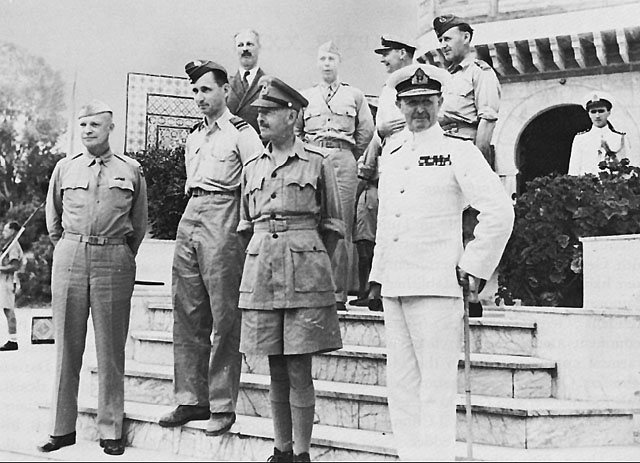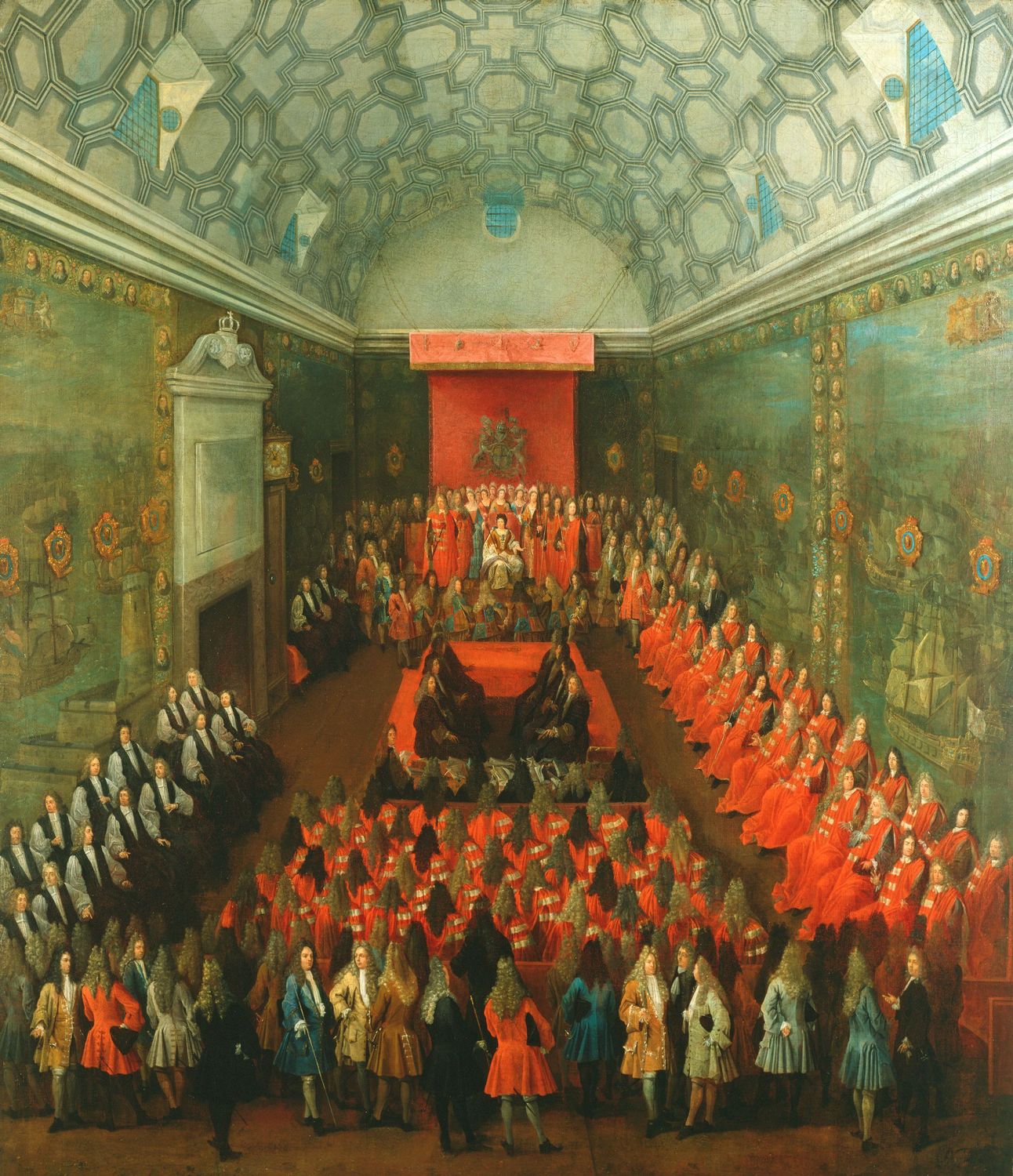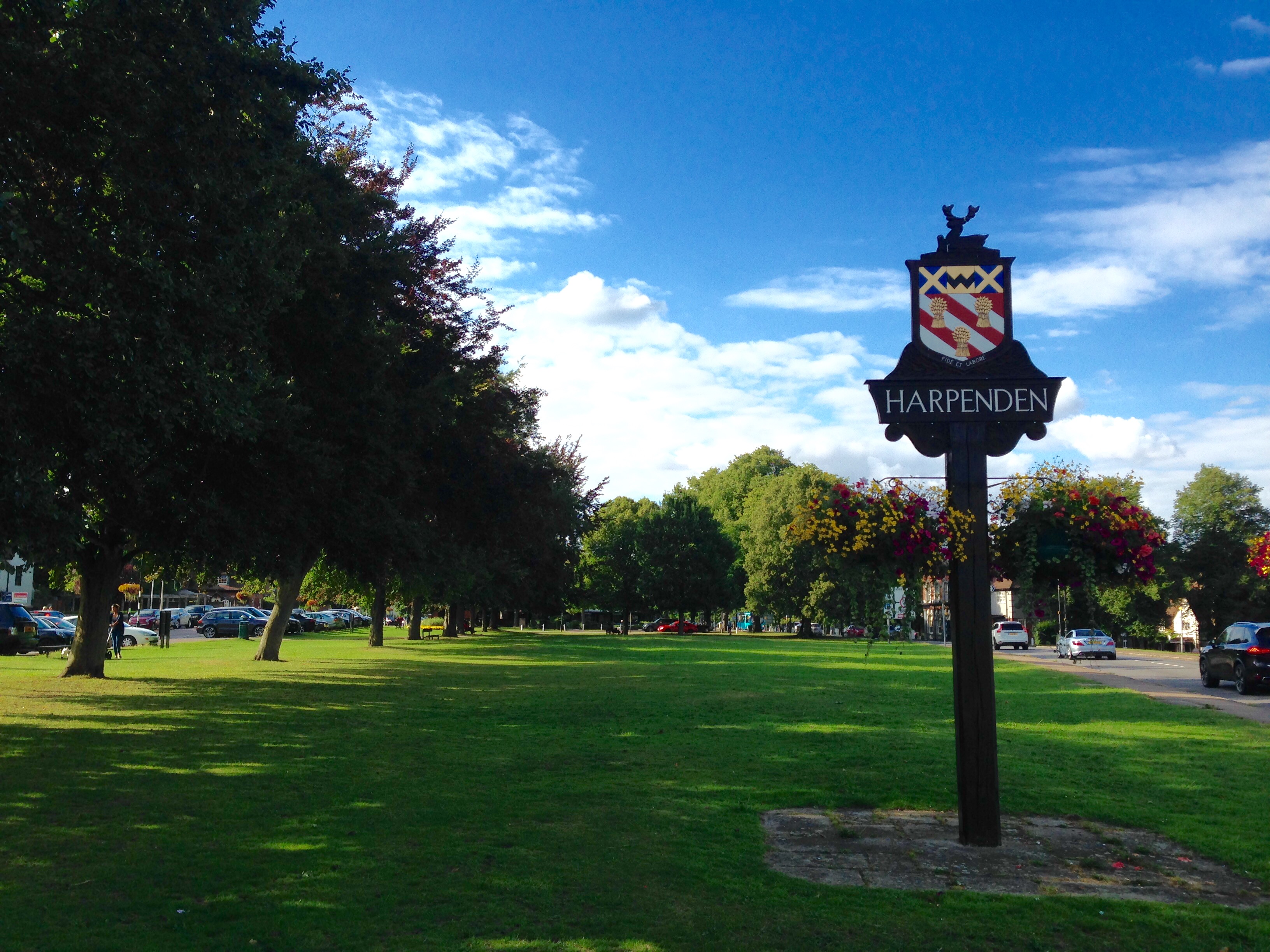|
John Edmondson, 2nd Baron Sandford
Commander John Cyril Edmondson, 2nd Baron Sandford, DSC (22 December 1920 – 13 January 2009) was a decorated Royal Navy officer, Church of England clergyman, conservationist and Conservative politician. As a junior minister charged with a review of policy on national parks, he formulated what became known as the "Sandford principle": if there is a conflict between leisure use of the National Park, and protecting its natural state, the state of the park must be preserved. Sandford was the eldest son of Albert Edmondson, 1st Baron Sandford, and his wife Edith Elizabeth (née Freeman, and sister to Ralph, Arnold and Peter). He was educated at St Cyprian's School, Eton, and the Royal Naval College, Dartmouth and later trained for Holy Orders at Westcott House, Cambridge. He served in the Royal Navy in the Second World War, notably at the landings in North Africa, Sicily and Normandy, where he was wounded. For his actions at Normandy he was awarded the Distinguished Service Cros ... [...More Info...] [...Related Items...] OR: [Wikipedia] [Google] [Baidu] |
Commander
Commander (commonly abbreviated as Cmdr.) is a common naval officer rank as well as a job title in many army, armies. Commander is also used as a rank or title in other formal organizations, including several police forces. In several countries, this naval rank is termed as a frigate captain. Commander is also a generic term for an officer commanding any armed forces unit, such as "platoon leader, platoon commander", "brigade commander" and "Squadron (army), squadron commander". In the police, terms such as "borough commander" and "incident commander" are used. Commander as a naval and air force rank Commander is a rank used primarily in Navy, navies, and is very rarely used as a rank in army, armies. In most armies, the term "commander" is used as a job title. For example, in the US Army, an officer with the rank of captain (armed forces), captain (Ranks and insignia of NATO, NATO rank code OF-2) may hold the title of "company (military unit), company commander (United Stat ... [...More Info...] [...Related Items...] OR: [Wikipedia] [Google] [Baidu] |
Allied Invasion Of Sicily
The Allied invasion of Sicily, also known as the Battle of Sicily and Operation Husky, was a major campaign of World War II in which the Allies of World War II, Allied forces invaded the island of Sicily in July 1943 and took it from the Axis powers, Axis forces (Kingdom of Italy and Nazi Germany). It began with a large Amphibious warfare, amphibious and airborne forces, airborne Military operation, operation, followed by a six-week land campaign, and initiated the Italian campaign (World War II), Italian campaign. To divert some of the Axis forces to other areas, the Allies engaged in several deception operations, the most famous and successful of which was Operation Mincemeat. Husky began on the night of 9–10 July 1943 and ended on 17 August. Strategically, Husky achieved the goals set out for it by Allied planners: the Allies drove Axis air, land and naval forces from the island, and the Mediterranean Sea, Mediterranean sea lanes were opened for Allied merchant ships for th ... [...More Info...] [...Related Items...] OR: [Wikipedia] [Google] [Baidu] |
Edward Heath
Sir Edward Richard George Heath (9 July 1916 – 17 July 2005) was a British politician who served as Prime Minister of the United Kingdom from 1970 to 1974 and Leader of the Conservative Party (UK), Leader of the Conservative Party from 1965 to 1975. Heath also served for 51 years as a Member of Parliament (United Kingdom), Member of Parliament from 1950 to 2001. Outside politics, Heath was a Yachting, yachtsman, a musician, and an author. Born in Broadstairs, Kent, Heath was the son of a chambermaid and carpenter. He attended Chatham House Grammar School in Ramsgate, Kent, and became a leader within student politics while studying at Balliol College at the University of Oxford. During World War II, Heath served as an officer in the Royal Artillery. He worked briefly in the Civil Service (United Kingdom), Civil Service, but resigned in order to stand for Parliament, and was elected for Bexley (UK Parliament constituency), Bexley at the 1950 United Kingdom general election, 195 ... [...More Info...] [...Related Items...] OR: [Wikipedia] [Google] [Baidu] |
Conservative Government 1970-1974
Edward Heath of the Conservative Party formed the Heath ministry and was appointed Prime Minister of the United Kingdom by Queen Elizabeth II on 19 June 1970, following the general election of the previous day. The Heath ministry ended after the February 1974 general election, which produced a hung parliament, leading to the formation of a minority government by Harold Wilson of the Labour Party. Heath had been elected Leader of the Conservative Party in 1965 – succeeding Alec Douglas-Home – within a few months of the party's election defeat after 13 years in government. In the following year, his first general election as Leader resulted in defeat as Wilson's Labour government increased its majority. The Conservatives enjoyed a surge in support over the next two years as the British economy went through a period of deflation that culminated in a devaluation, at the same time that the merging of businesses was encouraged. Unemployment rose significantly, but when W ... [...More Info...] [...Related Items...] OR: [Wikipedia] [Google] [Baidu] |
House Of Lords
The House of Lords is the upper house of the Parliament of the United Kingdom. Like the lower house, the House of Commons of the United Kingdom, House of Commons, it meets in the Palace of Westminster in London, England. One of the oldest extant institutions in the world, its origins lie in the early 11th century and the emergence of bicameralism in the 13th century. In contrast to the House of Commons, membership of the Lords is not generally acquired by Elections in the United Kingdom, election. Most members are Life peer, appointed for life, on either a political or non-political basis. House of Lords Act 1999, Hereditary membership was limited in 1999 to 92 List of excepted hereditary peers, excepted hereditary peers: 90 elected through By-elections to the House of Lords, internal by-elections, plus the Earl Marshal and Lord Great Chamberlain as members Ex officio member, ''ex officio''. No members directly inherit their seats any longer. The House of Lords also includes ... [...More Info...] [...Related Items...] OR: [Wikipedia] [Google] [Baidu] |
Bishop Of St Albans
The Bishop of St Albans is the Ordinary (officer), Ordinary of the Church of England's Diocese of St Albans in the Province of Canterbury. The bishop is supported in his work by two suffragan bishops, the Bishop of Hertford and the Bishop of Bedford, and three archdeacons. The diocese covers the counties of Bedfordshire and Hertfordshire, as well as parts of the London Borough of Barnet. The Episcopal see, see is in the St Albans, City of St Albans in Hertfordshire, where the cathedra (bishop's seat) is located at St Albans Cathedral. The cathedral building itself was an abbey church (part of St Albans Abbey) prior to the Dissolution of the Monasteries. Following its purchase by the town in 1553, it was then a parish church until its elevation to cathedral status in 1877, when the diocese was created from the diocese of Bishop of Rochester, Rochester under Queen Victoria by the Bishopric of St. Albans Act 1875. Incumbent The current incumbent is Alan Smith (b ... [...More Info...] [...Related Items...] OR: [Wikipedia] [Google] [Baidu] |
Harpenden
Harpenden () is a town and civil parish in the City and District of St Albans in the county of Hertfordshire, England. The population of the built-up area was 30,674 in the 2021 census, while the population of the civil parish was 31,128. Harpenden is a commuter town, with a direct rail connection to Central London. History There is evidence of pre-Roman Belgae, Belgic farmers in the area. In 1867, several items were found including a bronze escutcheon (heraldry), escutcheon, rams-head shaped mounts, and a bronze bowl. There are Ancient Rome, Roman remains in land around Harpenden, such as the site of a mausoleum in the park at Rothamsted. A tumulus near the river Lea was opened in the 1820s and it contained a stone sarcophagus of Romano-Celtic origin. Five objects dating from around 150 AD, were inside, including a glass jug with a Mediterranean stamp and samian ware dishes used for libations. Up to the 13th century, the area of the parish consisted of woodland with sm ... [...More Info...] [...Related Items...] OR: [Wikipedia] [Google] [Baidu] |
Curate
A curate () is a person who is invested with the ''care'' or ''cure'' () of souls of a parish. In this sense, ''curate'' means a parish priest; but in English-speaking countries the term ''curate'' is commonly used to describe clergy who are assistants to the parish priest. The duties or office of a curate are called a curacy. Etymology and other terms The term is derived from the Latin (compare Curator). In other languages, derivations from ' may be used differently. In French, the is the chief priest (assisted by a ) of a parish, as is the Italian , the Spanish , and the Filipino term (which almost always refers to the parish priest), which is derived from Spanish. Catholic Church In the Catholic Church, the English word ''curate'' is used for a priest assigned to a parish in a position subordinate to that of the parish priest. The parish priest (or often, in the United States, the ''pastor'' or ''minister'') is the priest who has canonical responsibility for the ... [...More Info...] [...Related Items...] OR: [Wikipedia] [Google] [Baidu] |
Ordination
Ordination is the process by which individuals are Consecration in Christianity, consecrated, that is, set apart and elevated from the laity class to the clergy, who are thus then authorized (usually by the religious denomination, denominational hierarchy composed of other clergy) to perform various religious rites and ceremonies. The process and ceremonies of ordination vary by religion and denomination. One who is in preparation for, or who is undergoing the process of ordination is sometimes called an ordinand. The liturgy used at an ordination is commonly found in a book known as an Order of Mass, Ordinal which provides the ordo (ritual and rubrics) for celebrations. Christianity Catholic, Orthodox, Lutheran and Anglican churches In Catholicism and Orthodoxy, ordination is one of the seven sacraments, variously called holy orders or ''Christian laying on of hands, cheirotonia'' ("Laying on of Hands"). Apostolic succession is considered an essential and necessary concept ... [...More Info...] [...Related Items...] OR: [Wikipedia] [Google] [Baidu] |
HMS Tyne (F24)
Six ships of the Royal Navy have been named HMS ''Tyne'', after the River Tyne, England: * was a 28-gun launched in 1814 and sold in 1825. She made one notable capture of a pirate vessel. She became a whaler for Daniel Bennett & Sons, but was lost in early 1827 on her first voyage to the British southern whale fishery. * was a 28-gun sixth rate launched in 1826, converted to a storeship in 1848, and sold in 1862 for breaking up. * HMS ''Tyne'' was launched in 1845 as the 36-gun fifth-rate . She became a Royal Naval Reserve training ship in 1863, was renamed ''Tyne'' in July 1867, and then ''Durham'' in November the same year. She was sold in 1908. * , launched in 1878 as SS ''Mariotis'', was a troop ship. On 31 August 1880 she was delivering troops to in Zanzibar. She foundered in a gale off Sheerness in 1920 while awaiting disposal. * was a launched in 1940. She served in World War II and the Korean War The Korean War (25 June 1950 – 27 July 1953) was an armed confli ... [...More Info...] [...Related Items...] OR: [Wikipedia] [Google] [Baidu] |
Home Fleet
The Home Fleet was a fleet of the Royal Navy that operated from the United Kingdom's territorial waters from 1902 with intervals until 1967. In 1967, it was merged with the Mediterranean Fleet creating the new Western Fleet. Before the First World War between 1902 and 1904 the Admiralty reorganised its ships in home waters into a permanent force called the Home Squadron. At the beginning of 1905, it was renamed the Channel Fleet. In 1907 a new Home Fleet was formed from ships in reserve and new ships, and in 1909 the Channel Fleet was merged into it, forming the principal fleet in British waters. In 1912 it was renamed the Home Fleets, formed of the First, Second and Third. On the outbreak of the First World War the First Fleet became the Grand Fleet. When the Grand Fleet was redistributed after the war, the reserve fleet was briefly named Home Fleet in 1919 before being renamed, and after the Invergordon Mutiny in 1931 the Atlantic Fleet was renamed Home Fleet in 1932. Du ... [...More Info...] [...Related Items...] OR: [Wikipedia] [Google] [Baidu] |






